Regent Holidays Travel Blog

Top reasons to visit Iceland in summer
Read More
Featured Posts
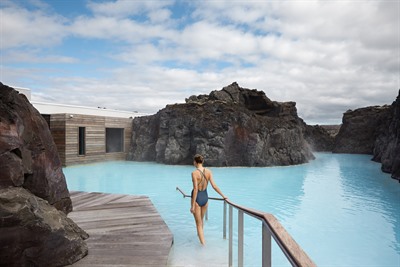 Iceland Spa Adventures
Iceland is one of our favourite destinations here at Regent, thanks to its amazing spa facilities… you can find pools of various shapes and sizes...
Iceland Spa Adventures
Iceland is one of our favourite destinations here at Regent, thanks to its amazing spa facilities… you can find pools of various shapes and sizes...
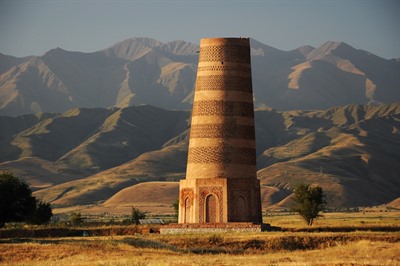 The most impressive Silk Road cities still standing
Stretching from China to the Mediterranean, the Silk Road connected the great civilisations of East and West for over two millennia. The network of trade...
The most impressive Silk Road cities still standing
Stretching from China to the Mediterranean, the Silk Road connected the great civilisations of East and West for over two millennia. The network of trade...
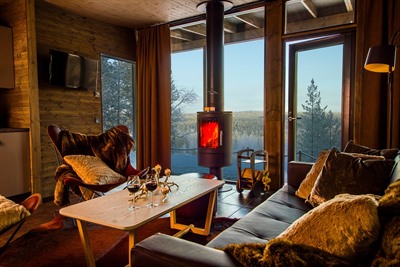 Lapland Hotels You'll Want to Stay At
Regent product specialist Daniele returned from a Finnish Lapland holiday in August. He discovered exactly how beautiful this northerly part of the world is in...
Lapland Hotels You'll Want to Stay At
Regent product specialist Daniele returned from a Finnish Lapland holiday in August. He discovered exactly how beautiful this northerly part of the world is in...
Latest Posts
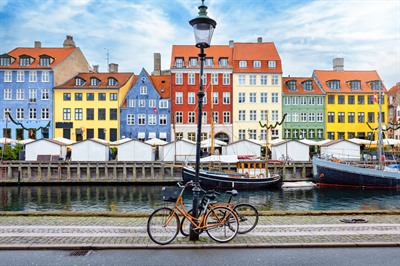 Solo Travel in Copenhagen: Your Guide to the Perfect City Break
Copenhagen is a fantastic destination for solo travellers – safe, stylish, and easy to explore on your own. Whether you're visiting for a long...
Solo Travel in Copenhagen: Your Guide to the Perfect City Break
Copenhagen is a fantastic destination for solo travellers – safe, stylish, and easy to explore on your own. Whether you're visiting for a long...
 Top Six Happiest Countries You Can Travel to with Regent
Where in the world do people live their happiest lives?
The World Happiness Report 2025, published by the Oxford Wellbeing Research Centre in partnership with...
Top Six Happiest Countries You Can Travel to with Regent
Where in the world do people live their happiest lives?
The World Happiness Report 2025, published by the Oxford Wellbeing Research Centre in partnership with...
 Jordan in Seven Days: Expert-Guided Itinerary for a Perfect Week
Is Jordan on your bucket list?
If so, follow in the footsteps of our Product and Travel Specialist, Susanne, who has just returned from an enriching week...
Jordan in Seven Days: Expert-Guided Itinerary for a Perfect Week
Is Jordan on your bucket list?
If so, follow in the footsteps of our Product and Travel Specialist, Susanne, who has just returned from an enriching week...
 The Best Place to See the Solar Eclipse: Top Viewing Locations for 2026
A rare celestial event is on the horizon, and it’s one that eclipse chasers around the world have been eagerly anticipating.
On August 12, 2026, a total...
The Best Place to See the Solar Eclipse: Top Viewing Locations for 2026
A rare celestial event is on the horizon, and it’s one that eclipse chasers around the world have been eagerly anticipating.
On August 12, 2026, a total...
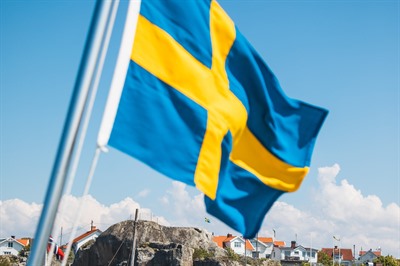 Gothenburg Travel Guide: What to Do, Where to Stay & Top Attractions
Tucked away on Sweden’s west coast, Gothenburg is Scandinavia’s underrated gem - a city where buzzing food halls and world-class museums sit beside...
Gothenburg Travel Guide: What to Do, Where to Stay & Top Attractions
Tucked away on Sweden’s west coast, Gothenburg is Scandinavia’s underrated gem - a city where buzzing food halls and world-class museums sit beside...
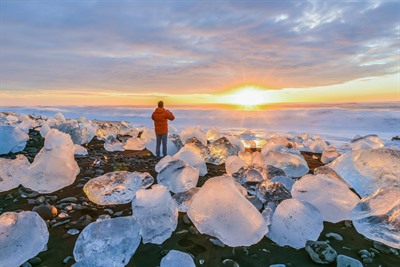 Iceland Photography Competition: Striking Iceland Pictures from Our Travellers
There’s something about Iceland that brings out the photographer in all of us.
Whether it’s the golden light catching on a waterfall, or the...
Iceland Photography Competition: Striking Iceland Pictures from Our Travellers
There’s something about Iceland that brings out the photographer in all of us.
Whether it’s the golden light catching on a waterfall, or the...
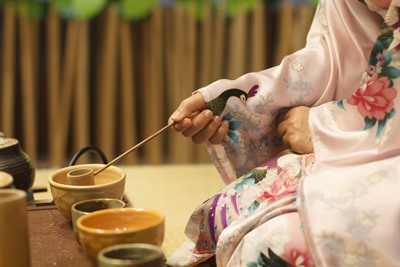 The Best Cultural Experiences in Japan: Traditions, Activities & Tours
Japan is a land of enchanting contrasts, where ancient traditions seamlessly intertwine with the pulse of modern life, offering a cultural experience like no...
The Best Cultural Experiences in Japan: Traditions, Activities & Tours
Japan is a land of enchanting contrasts, where ancient traditions seamlessly intertwine with the pulse of modern life, offering a cultural experience like no...
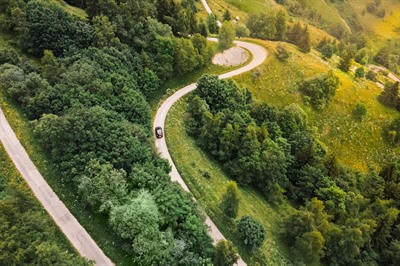 Best Self-Drive & Fly-Drive Summer Holidays in Europe: Amazing Road Trips
Fly-drive holidays are soaring in popularity, offering the ultimate blend of freedom, flexibility, and adventure. Whether you crave winding roads and mountain...
Best Self-Drive & Fly-Drive Summer Holidays in Europe: Amazing Road Trips
Fly-drive holidays are soaring in popularity, offering the ultimate blend of freedom, flexibility, and adventure. Whether you crave winding roads and mountain...
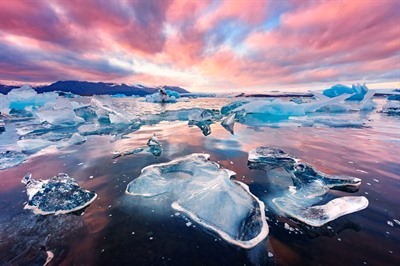 Unique Iceland Trip Ideas: Where to Go on a Return Trip to Iceland
If you’ve already visited Iceland once before, it’s likely you've explored iconic spots like the Golden Circle, Blue Lagoon and...
Unique Iceland Trip Ideas: Where to Go on a Return Trip to Iceland
If you’ve already visited Iceland once before, it’s likely you've explored iconic spots like the Golden Circle, Blue Lagoon and...
Stay in Touch
Subscribe for our newsletter and to hear about exciting offers and experiences